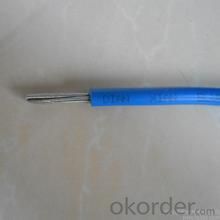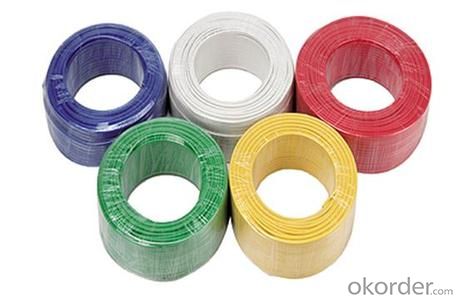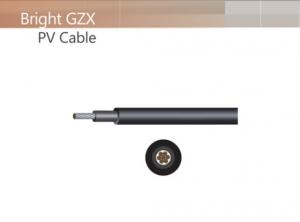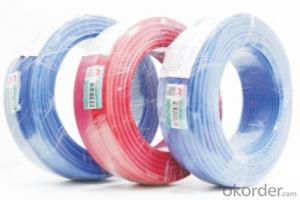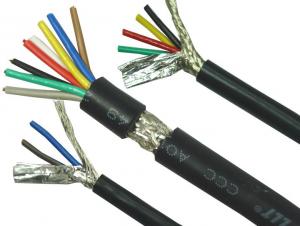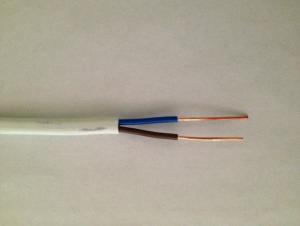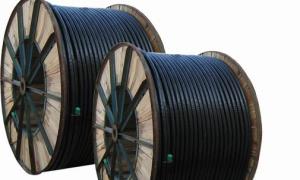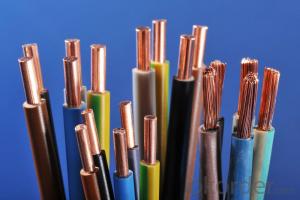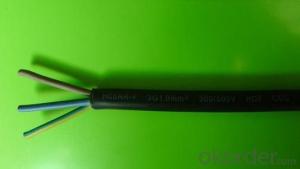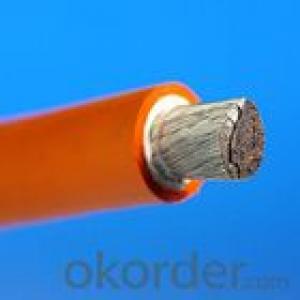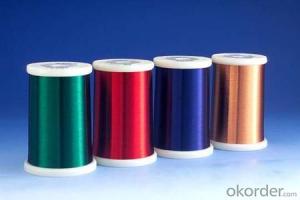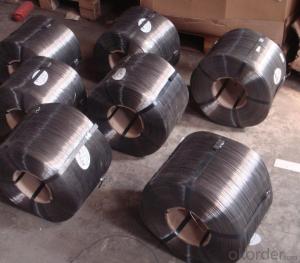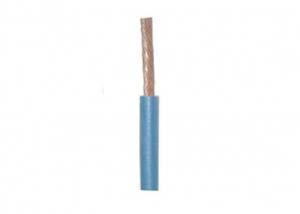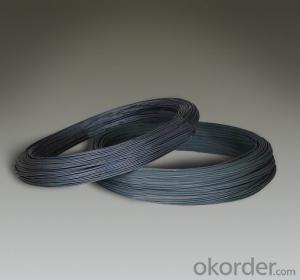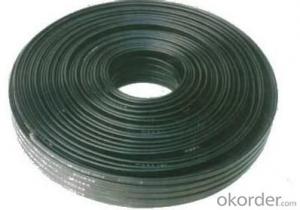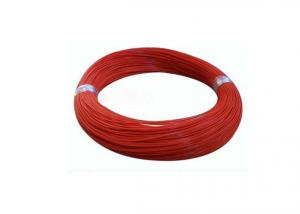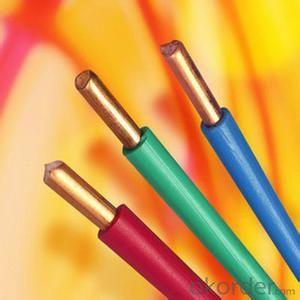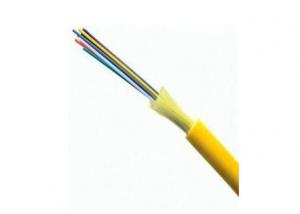Single Core Flexible Copper Conductor Round Electrical Wire
- Loading Port:
- China Main Port
- Payment Terms:
- TT or LC
- Min Order Qty:
- 25 roll
- Supply Capability:
- -
OKorder Service Pledge
OKorder Financial Service
You Might Also Like
Single Core Flexible Copper Conductor Round Electrical Wire
Quick Details
Place of Origin: Henan, China (Mainland)
Type: InsulatedModel Number: RV,BVR,RVV
Application: Indoors
Conductor Material: Copper
Conductor Type: Stranded
Insulation Material: PVC
Packaging & Delivery
Packing in roll or as your requirements |
4 weeks or as your request |
Specifications
round electrical wire:
1.450/750V copper core
2.PVC insulated and PVC jacket
3.ISO CCC IEC standard
4.factory direct sale
Single core flexible copper conductor round electrical wire
Type | Name | Laying place and requirement | Long term working Temperature0C |
BVR | Copper conductor PVC insulated flexible cable | Be for laying permanent place where flexible required. |
70 |
60227IEC02(RV) 60227IEC06(RV) | Copper conductor PVC insulated flexible connector wire | Mainly used at middle and light style moving electronics, home appliances, power and lighting and the places where flexible required |
70 |
60227IEC42(RVB) | Copper conductor PVC insulated flat flexible connector wire | ||
RVS
| Copper conductor PVC insulated flexible twisting connector wire | ||
60227IEC52(RVV) 60227IEC53 | Copper conductor PVC insulated PVC sheathed round flexible connector wire | ||
60227IEC08 (RV-90)
| Cu conductor heat resistant PVC insulated flexible connector wire at 90 0C | Mainly used at the places where heat resistance is required |
90 |
Picture

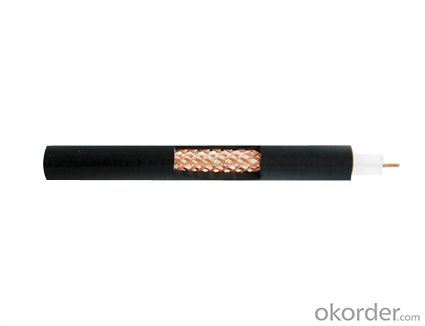
- Q: How much would it cost to get the electrical system/wires checked and replaced where needed on a 1987 jeep wrangler. Like new battery cables and such. Primarily in the engine bay since that's where all the dirt and corrosion happens
- electrical diagnosis is very expensive to have them check things over. your better off just having the wiring harness replaced. replacing it will probably be cheaper than checking every single connection. if there are no problems, then why have everything checked?
- Q: I had to extend some speaker wires, so i used a second speaker cord and wrapped it to the one out the speaker, but the exposed section doesnt look to safe, and it runs behind my bed so i`m a little unsure about it being uncovered. Can i use duct tape just to cover the open wires? or is electrical tape NEEDED? It is plugged into the wall, not battery powered.
- Double shrink tube is best.
- Q: For those electrical wires used for electrical appliances (computer monitor, chargers) are the wires itself water resistant or is it still dangerous?
- It's less dangerous if the appliance is plugged into a GFCI. Those are the electric sockets that have a test and reset button, and are installed in bathrooms and kitchens of newer homes.
- Q: Help mi fill in the blank1. Check electrical ___ and ____ for wear and tear and faulty wiring.2. Do not _____ sockets.3. Keep electrical appliances clean and in good ___ order, and have them serviced regularly.4.Never run cables ____ mats or carpets where you _____ see wear and tear.5. Never use water on class C or ____ fire.
- 1. Check electrical wires and extension cords and appliances for wear and tear and faulty wiring. 2. Do not stick your fingers (or anything not meant to have electricity run through them) in sockets. 3. Keep electrical appliances clean and in good working order, and have them serviced regularly. 4.Never run cables under mats or carpets where you can not see wear and tear. 5. Never use water on class C or electrical fire.
- Q: What is the difference between YC and YZ cable?
- Most of the current use of CPVC, PVC as the base material, into other polymer materials to improve the high toughness of the high-voltage power cable sheathing. Mainly used for cable laying to guide and protect the cable when the role.
- Q: Electrical wiring is commonly composed of metal covered in plastic or rubber coating. Which of these materials is an insulator and which is a conductor?
- some okorder
- Q: Why should the wooden pole be burned and buried again?
- Attenuation is too large, it is recommended to buy a general but can be used. Wireless card generally does not exceed 3m line.
- Q: I am changing out my range hood and in the process I realized that my electrical wire will be about a foot short to where I need it to be. Is it ok to just get a piece of wire and extend it using wire nuts? I really dont want to run a whole wire.
- The answer from Gary was basically correct. There is no NEC requirement that the electrical box you use be metal. There are plenty of others out there. If you do use metal, it must be properly grounded. The junction box MUST remain accessible. NEVER bury a live junction box. The receptacle in the upper cabinet is a good idea. If you do this, you can buy a 'pigtail' cord to connect the new hood. This is a cord that has a plug already molded into one end, and exposed wire ends on the other.
- Q: I need help with simple electrical wiring, everything from where does the active and neutral go, in for example lights with a common, a loop, a one and a two. Possibly any links to EBook of useful websites. I am currently undergoing a pre-vocational course at tafe, just looking for a better understanding
- You are talking about a switch, not a light. The common would be the active, from the mains. There would not be a neutral connection, the neutral from the mains would connect to the neutral from the light, in the LOOP terminal. The 1 is the one intended to go to the A of the light, the 2 is not used unless the switch is in a 2- way switching circuit. There may be an earth connector as well, so both earth wires go in that (the incoming power and the light earth). A light fitting on the ceiling may have an active, a neutral, a loop and an earth. If the power goes to the switch first, you will have a cable connected to the 1 of the switch. This connects to the active of the light. The neutral wire from the switch loop contact goes to the neutral connection of the light. The earth, if fitted, goes to the earth contact. The loop contact is unused. Should the mains supply go first to the light, the neutral will terminate in the neutral connection of the light. The active will connect to another cable to the switch, using the loop terminal. The second wire from the switch connects to the active connection of the light. At the switch end, the loop connection is unused. The mains active goes to the common connection, the wire from the active connection of the light goes to the terminal 1. That's why electricians are schooled. To them, it's as easy as ABC. Get learning!
- Q: I want to know why this happens in terms of whats going on at an atomic scale with the flowing electrons in the metallic bond. Thanks
- Your clarifying statement doesn't make sense. Generally speaking, the more a conductor is cooled, the lower will be its resistance. If the current is increased, heat will be generated that in turn increases the resistance. Conversely, if the current is reduced, less heat is generated so the resistance will decrease. (This principal is used to produce super conductors, some of which when cooled to near absolute zero show virtually zero resistance.)
Send your message to us
Single Core Flexible Copper Conductor Round Electrical Wire
- Loading Port:
- China Main Port
- Payment Terms:
- TT or LC
- Min Order Qty:
- 25 roll
- Supply Capability:
- -
OKorder Service Pledge
OKorder Financial Service
Similar products
Hot products
Hot Searches




